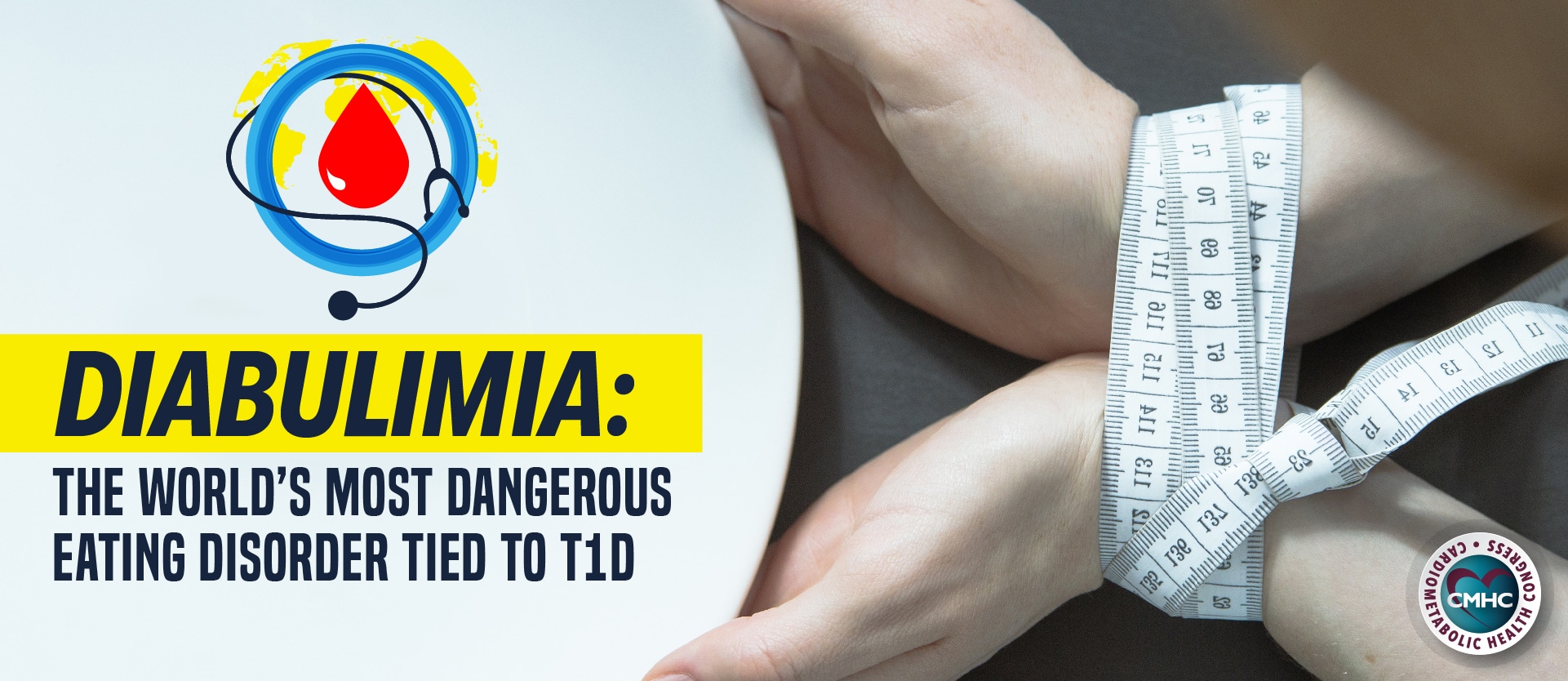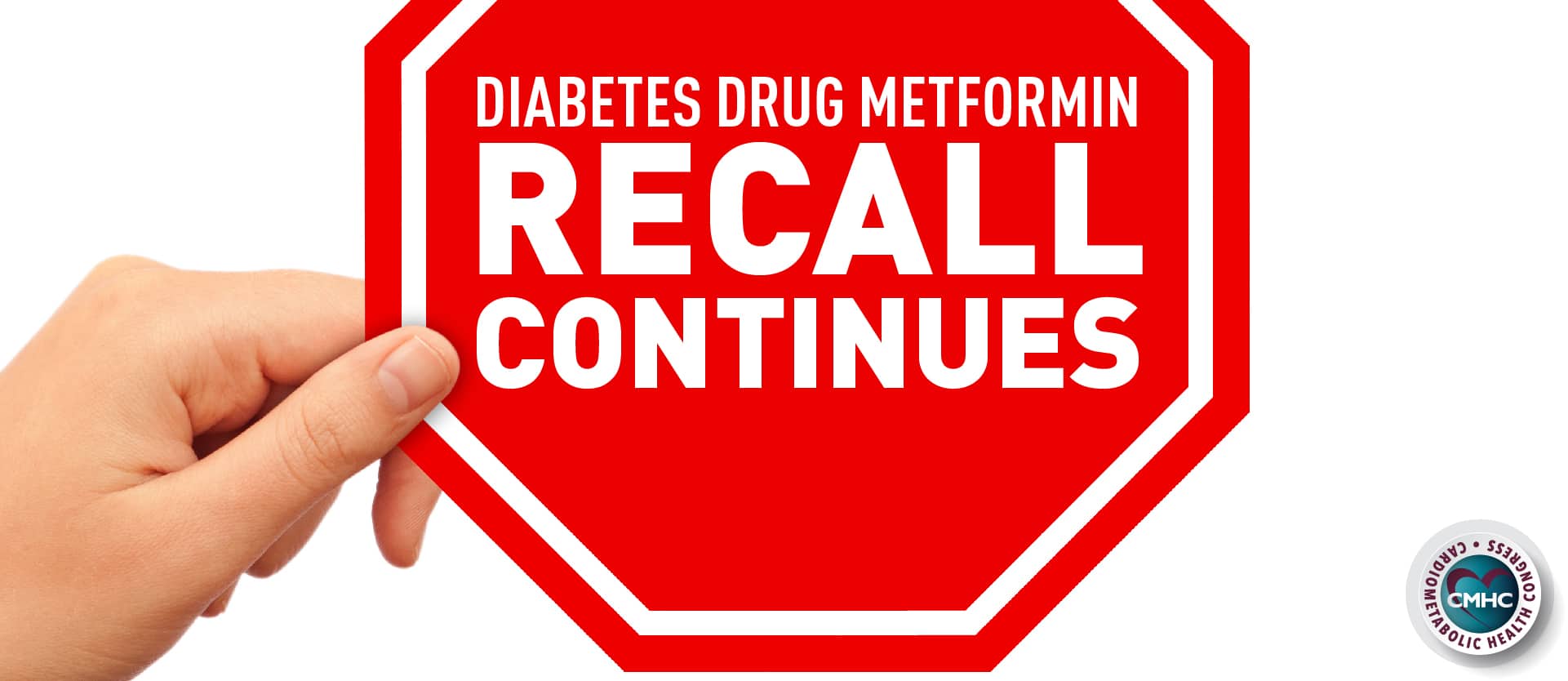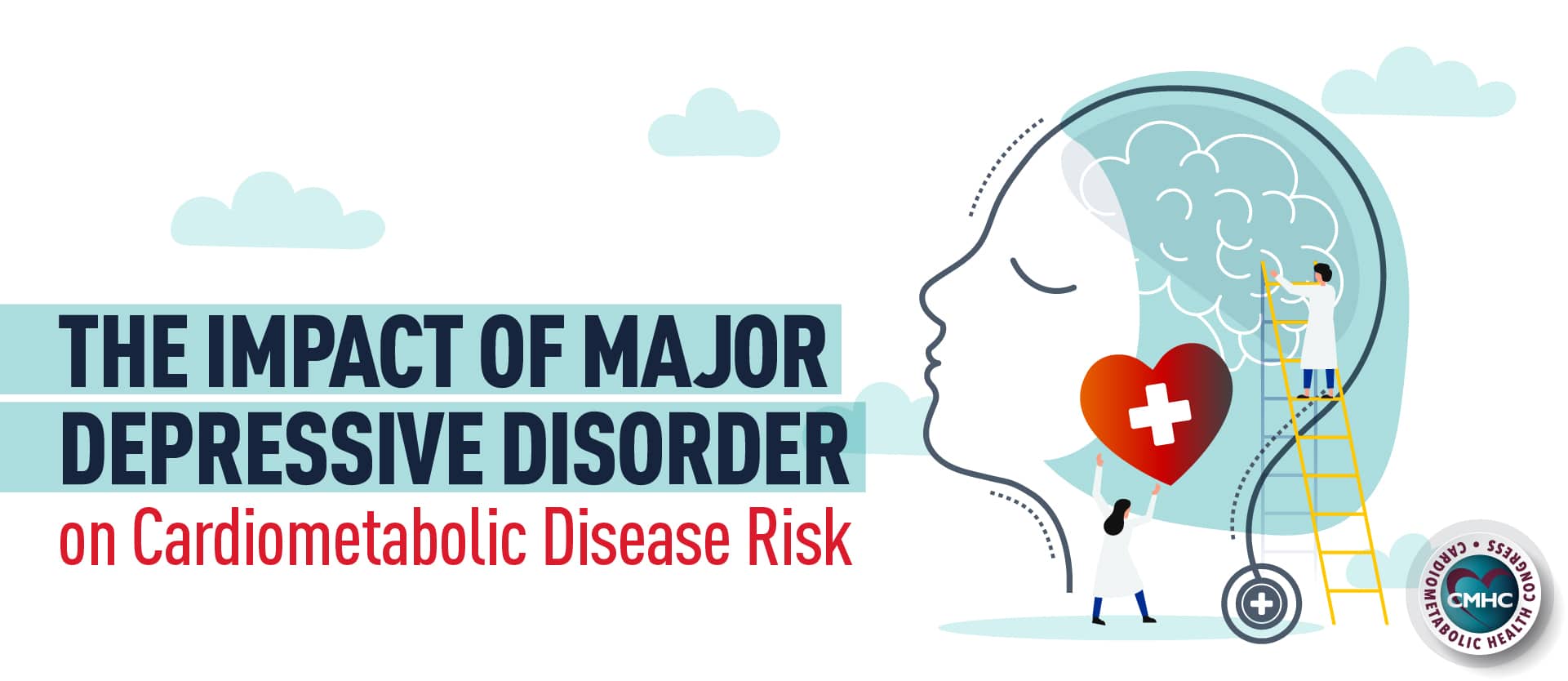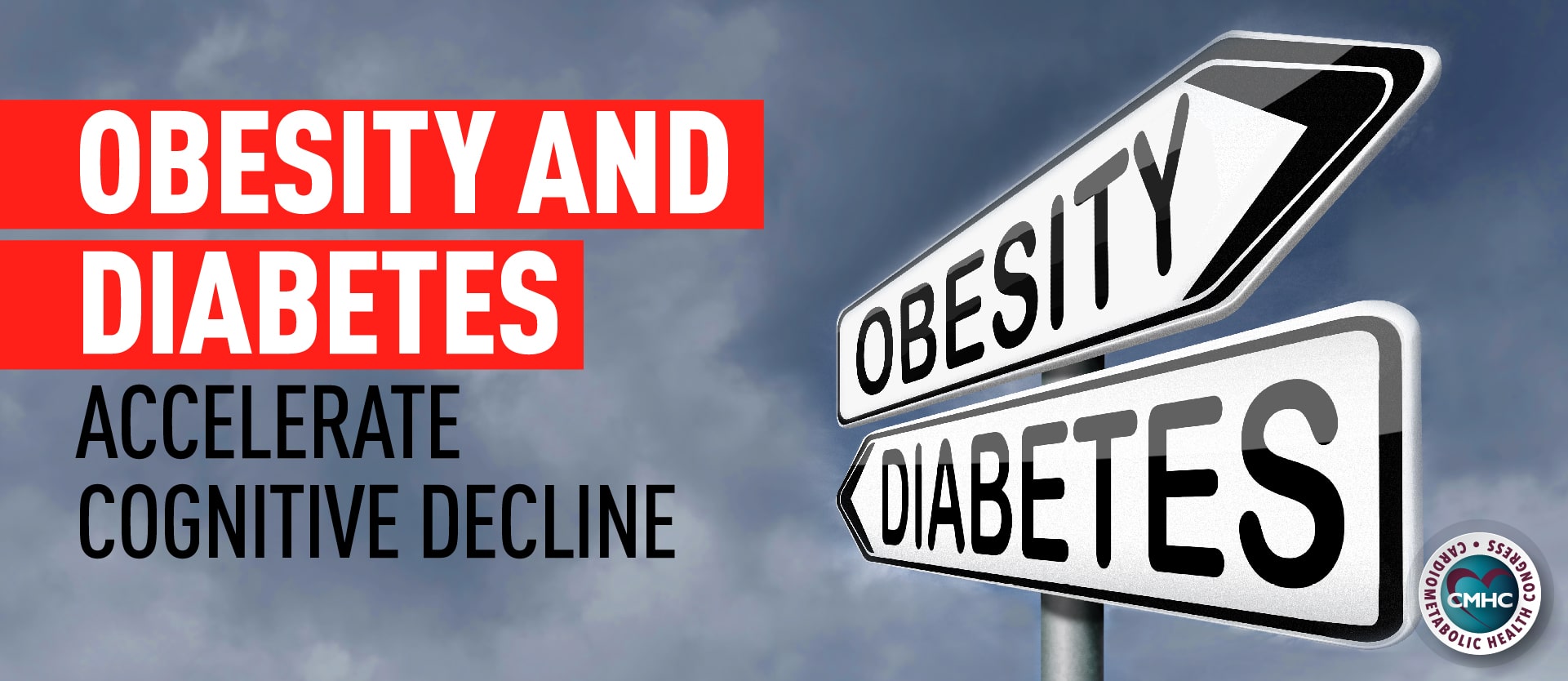Disordered eating patterns may be difficult to detect in patients yet they occur frequently – especially in type 1 diabetes cases. Patients living with diabetes are not only exposed to constant scrutiny of their weight and dietary habits and face stigmatization from their peers, but they must also rigorously monitor their food intake to ensure optimal glycemic control. According to a recent Medscape report, many adolescents are willing to accept the risk of skipping insulin to avoid negative comments and attention from their peers.
Type 1 diabetes requires patients to plan meals, precisely measure food portions as well as monitor their carbohydrate intake and insulin levels, which can lead to a dangerous and unhealthy relationship with food. The need to eat to correct low blood sugar levels, increased risk of hypothyroidism, and insulin resistance all contribute to unwanted weight gain which can often trigger unhealthy behaviors leading to the development of eating disorders.
Previous studies have found an increased risk for and higher prevalence of eating disorders among individuals with type 1 diabetes, compared with those without the condition – especially among female patients. Research also indicates that adolescents diagnosed with diabetes during pre-adolescent and adolescent years are more likely to develop eating disorders than those diagnosed later in life. Eating disorders and disordered eating patterns, especially insulin omission, have been associated with poor health outcomes, including poor glycemic control and an elevated risk for increased morbidity and mortality within the patient population.
Prevalence of Eating Disorders in T1D Patients
It is essential for clinicians encountering adolescents with type 1 diabetes to be aware of the high prevalence of eating disorders in this cohort as well as the symptoms and signs which can facilitate early detection. According to prior studies, patients with T1D are 2.5 times more likely to develop an eating disorder than the general population, while 30% of adolescents with diagnosed type 1 diabetes already meet diagnostic criteria for an eating disorder. Research has shown that more than half of adolescent girls with T1D and a BMI within the obese range engaged in some form of disordered eating. While adolescent boys without diabetes exhibit disordered eating behaviors at a rate of 1 in 400, 16% of boys with T1D engage in disordered eating.
The Dangers of Diabulimia
As insulin is linked to weight gain, many adolescents choose to omit insulin to promote rapid weight loss – which can be achieved even while consuming a relatively normal diet. Teenagers with type 1 diabetes and obesity are more likely to omit insulin to prevent weight gain or promote weight loss than those without the condition. This is a dangerous behavior and one that requires the attention of clinicians and caregivers as eating disorders contribute to significantly higher mortality rates within the T1D population. Anorexia is seven times more fatal in patients with type 1 diabetes, while patients with T1D and eating disorders have a mortality rate that is 17 times greater than that of other T1D patients. Colloquially referred to as “diabulimia”, diabetes-related disordered eating has been deemed the “world’s most dangerous eating disorder” and requires immediate remedy.
Disordered eating patterns and eating disorders pose a serious threat to patient health. Starvation may increase the risks of sustained hyperglycemia, while diabetic neuropathy is worsened by vitamin deficiencies. Found in anorexia and bulimia, gastroparesis can be exacerbated by poor glycemic control as can bone loss compounded by poor nutrition, hypothalamic amenorrhea, and diabetes-related autonomic neuropathy. In addition, insulin restriction can lead to rapid loss of water weight leading to dehydration and potentially causing damage to the kidneys, especially combined with hyperglycemia.
Identifying Eating Disorders
It is crucial for both physicians and caregivers of T1D patients to be aware of the warning signs of disordered eating as early detection is vital to ensuring positive long-term health outcomes. Common warning signs include rapid weight loss, increasing hyperglycemia, and hospitalizations for diabetic ketoacidosis as well as low albumin, increasing hypoglycemia from missed meals, and growth arrest. Clinicians should also look for traditional symptoms of anorexia nervosa and bulimia, such as amenorrhea, callouses on fingers, and tooth enamel erosion.
Data gathered from insulin pumps may prove helpful in identifying eating disorders. Missed insulin doses or manually lowered basal rates and suspensions, which can be detected via the machine’s stored data, can be indicative of disordered eating. The entered daily carbohydrate intake can also reveal restrictive or binge eating patterns.
Clinicians and caregivers must be aware of the significant risk for eating disorders in teens living with type 1 diabetes as well as the serious health repercussions of disordered eating and insulin omission. Promoting an open, healthy dialogue about dietary habits and weight management is necessary to prevent the development of eating disorders in this high-risk group. Evidence has shown a growing success of family therapy, although, in some cases diligent supervision of patients and other more drastic measures may be required.
It is vital for clinicians to understand the risk factors, screening tools, and treatment options for eating disorders in people with diabetes. Although treatment is more demanding in the context of type 1 diabetes, beginning treatment as soon as possible ensures the best outcome, making early detection critical for the health of these patients. Screening should begin in pre-adolescence as disordered eating patterns develop around this time, to detect risks as early as possible. Due to the complexity of diabetes management in combination with eating disorder treatment, therapeutic strategies require the involvement of multi-specialty teams to achieve long-lasting results.


















